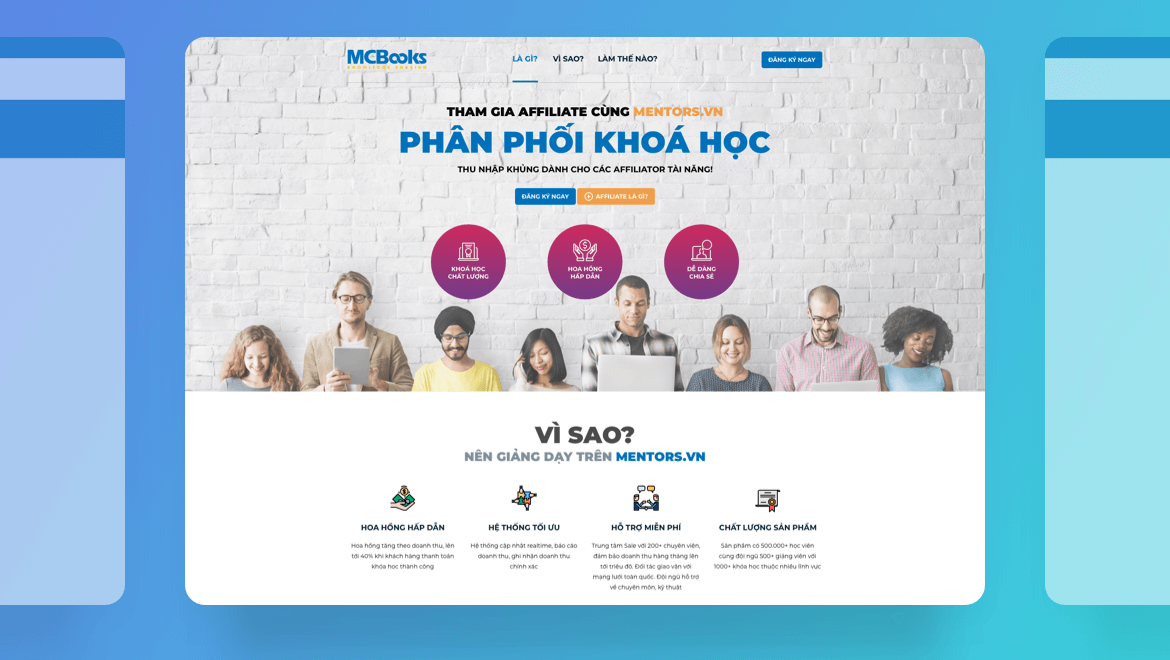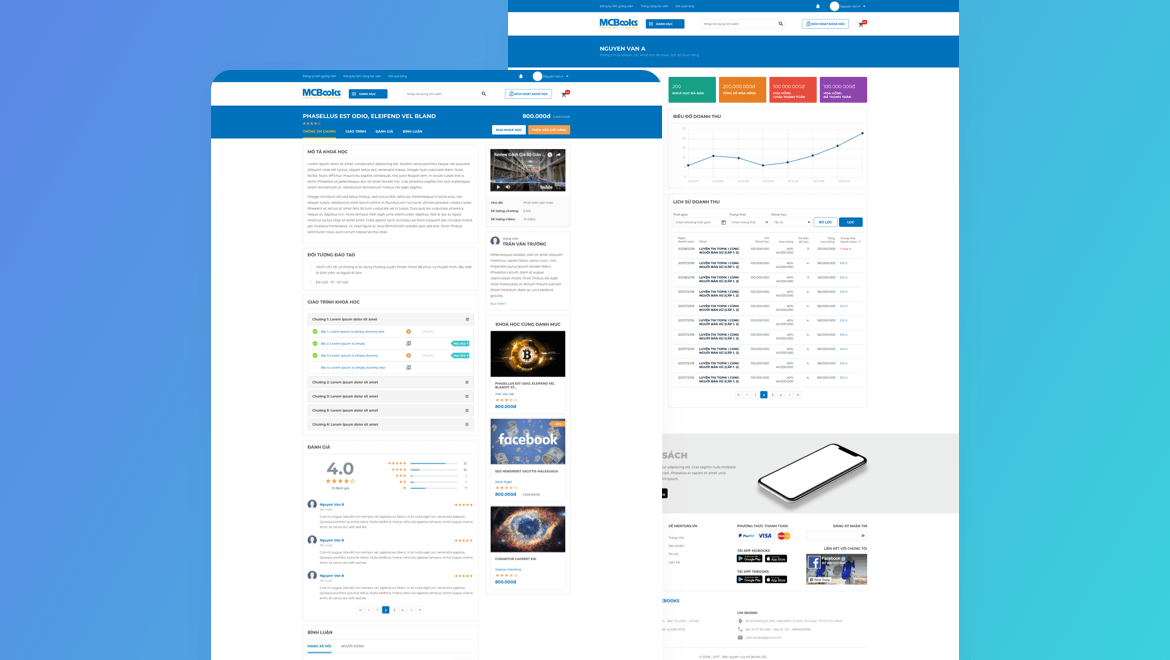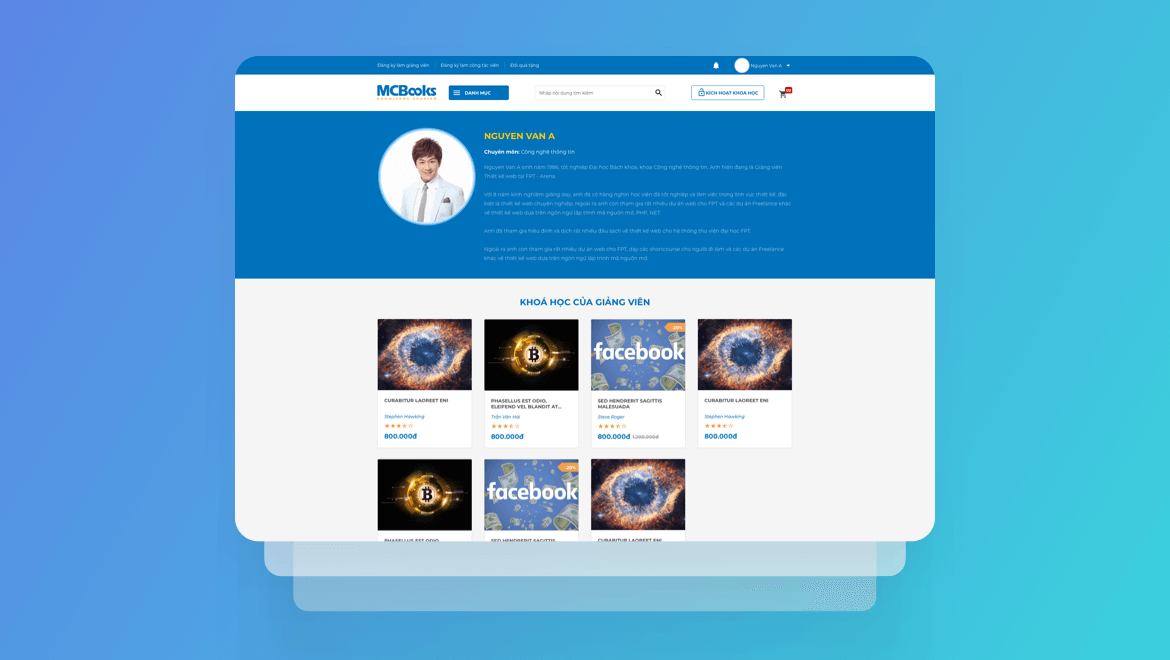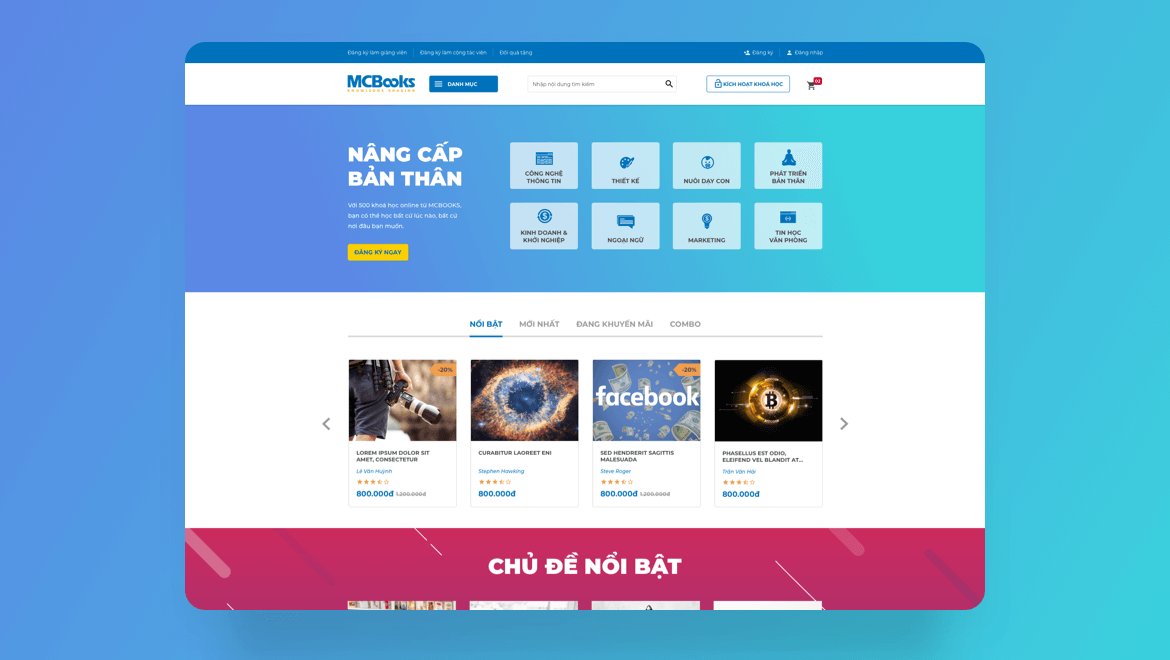Our client, one of the largest book publishing companies, sought to undergo a digital transformation to enhance their operations and improve their customer offerings. They aimed to modernize their business processes, streamline operations, and leverage data-driven insights for better decision-making. QSoft was selected to provide consulting services and develop the necessary software solutions to achieve these objectives.
Main scope of work
- Consulting on digital transformation strategy and master planning
- Developing infrastructure for digital transformation
- Developing enterprise software eco-system architecture
- Developing 3 applications for managing publishing, books shopping, online training
- Integrating other existing software
- Implementing big data solutions and BI dashboard








